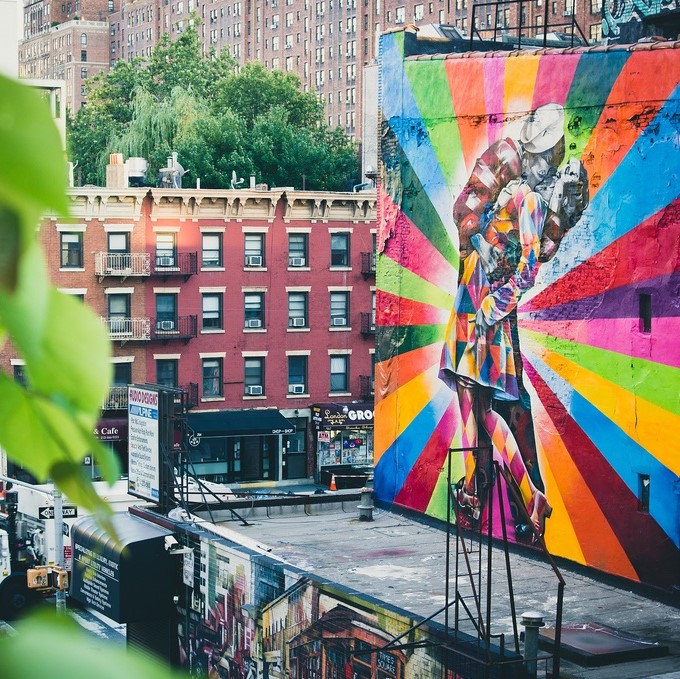A fascinating talk, suited to IB and upwards, which debates the question, what makes an art capital? Cities such as New York and London are well known as established art cities in today’s world (replacing older capitals Paris and Florence), but recent years have also seen the rise and emergence of new creative hubs like Mexico City, and art centres in the East, such as Hong Kong, Dubai and Singapore…
Listen to an outstanding panel of speakers for Intelligence Squared discuss the role of artists, art schools, art museums & institutions, art fairs, collectors, critics & journalists, as well as the wider context of society and politics, and how this may influence and create a changing art world.
Some excellent points raised:
- Art education in schools is crucial to developing a population that understand and appreciate art
- Money is important: galleries need to commission art, people need to buy art, governments need to fun art, and artists need to be able to survive
- The most successful Art Capitals have well established schools, galleries, media, critics, collectors and artists.
- Art can survive underground even in the most difficult and oppressing environments
- Artists from wealthier backgrounds are more likely to be successful
- Artists are often attracted to cities with an energetic and well cultured environment, but these cities need to also have affordable areas for artists to live
- Successful Art cities depend on ‘top down’ interest, support and influence from Art institutions, as well as ‘bottom up’ grass roots growth from artists producing exciting new work
- Excellent artists can be found anywhere – not just art cities
- Art schools are more important for students to meet other students, rather than just to meet teachers.
Click here to read more about Art capitals!
